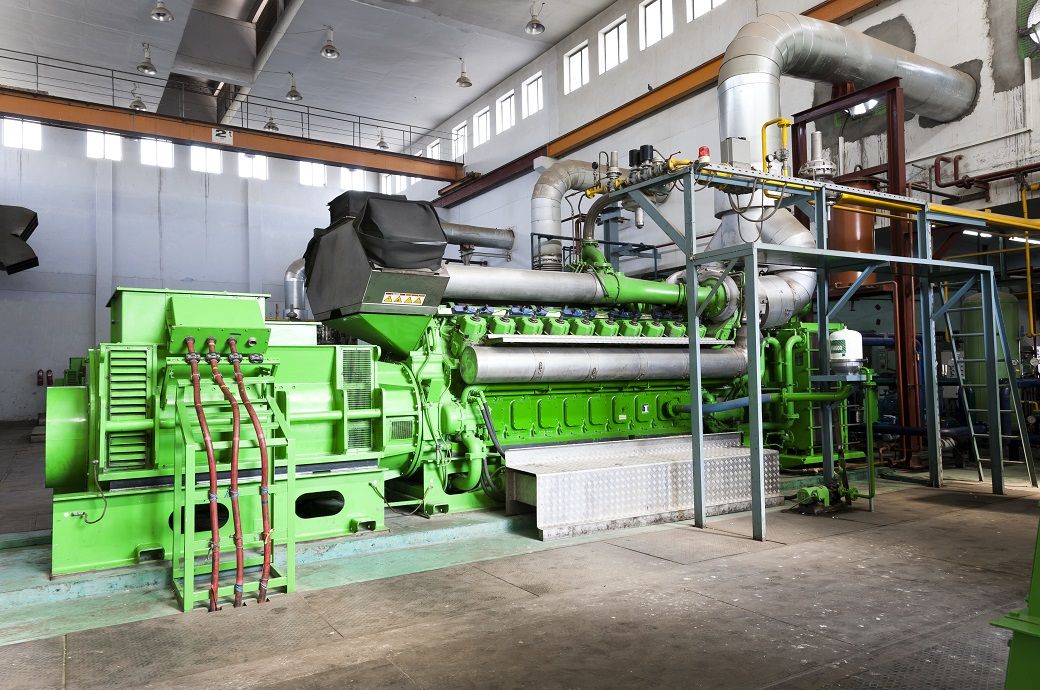
The headline opportunity is “clean heat”: electrifying supply-chain processes and powering them with renewables to cut emissions quickly while improving conditions for workers. Unlike heavy industry, the temperature ranges typical in textile processing make electrification straightforward, with industrial heat pumps and electric boilers already proven for dyeing, drying and printing. As Oxford energy policy professor Jan Rosenow notes, process heat rarely exceeds ***°C, enabling a decisive move away from fossil fuels using existing technology. Brands that shift heat to electricity and pair it with real renewable power can cut emissions fast while building resilience.
Targets are rising but delivery lags
The study finds encouraging signs of target-setting, but implementation has yet to catch up. Just over half of brands disclose having SBTi-verified targets covering Scopes *–*, yet fewer than a third provide evidence of actually reducing emissions from their baselines. Energy disclosure tends to focus on brands’ own operations, leaving supply chains opaque, and many still rely on Renewable Energy Credits, which can mask ongoing fossil fuel use. Financing support for suppliers remains sparse, and this lack of capital is slowing down progress on the ground.
Receive daily prices and market insights straight to your inbox. Subscribe to AlchemPro Weekly!